Pep up your ed-biz or homeschool curricula with outdoor summertime science adventures! Today, we showcase science ideas designed to pique the interest of PreK-6 grade learners.
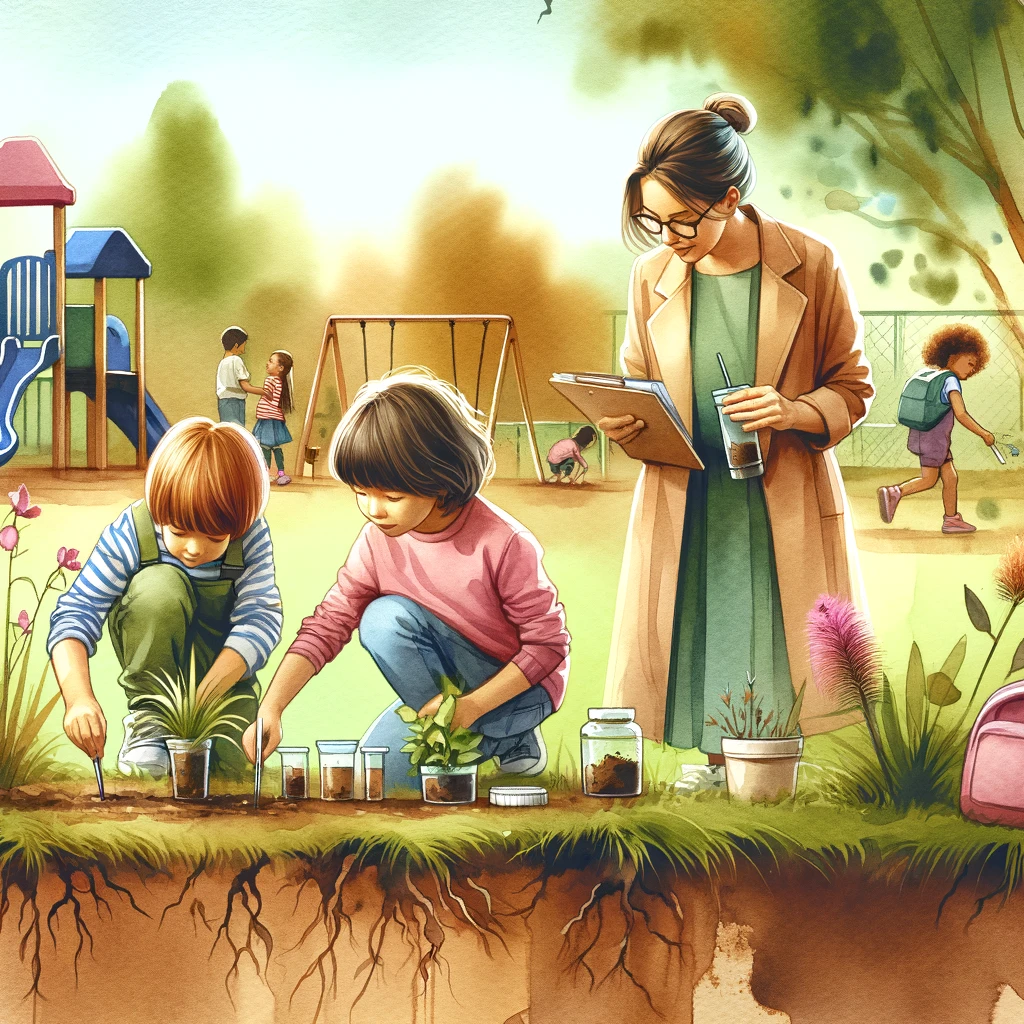
Why Outside Science?
Because nature vividly links scientific principles & theories with the real-world laboratory.

Children learn about biology, chemistry and physics when they intentionally observe and immerse themselves in Outdoor Learning.
They learn about seasonal changes by observing the sun’s movement, patterns of lightness/darkness and by feeling temperature and humidity variations on their skin. They discover wind currents propelling and skittering clouds across the sky. They see the principle of gravity as leaves flutter down from trees, drenched in autumn colors. They see repetitive cycles of life and death as plants go dormant and then bloom again months later. They delight in the birth of small animals and birds in the springtime. They feel the fierce power of nature in a thunderstorm. They see the intricacies of creation in the delicacy of an ice crystal. Children learn to work hard, appreciate the mundane and cooperate with others by studying the orderly, redundant activities of an ant colony.
Through Outside Science, learners begin grasping the vastness of our incredible universe and understanding their place in the world’s tapestry.

Hands-on experiences engage multiple senses, leading to deeper understanding and retention of information.
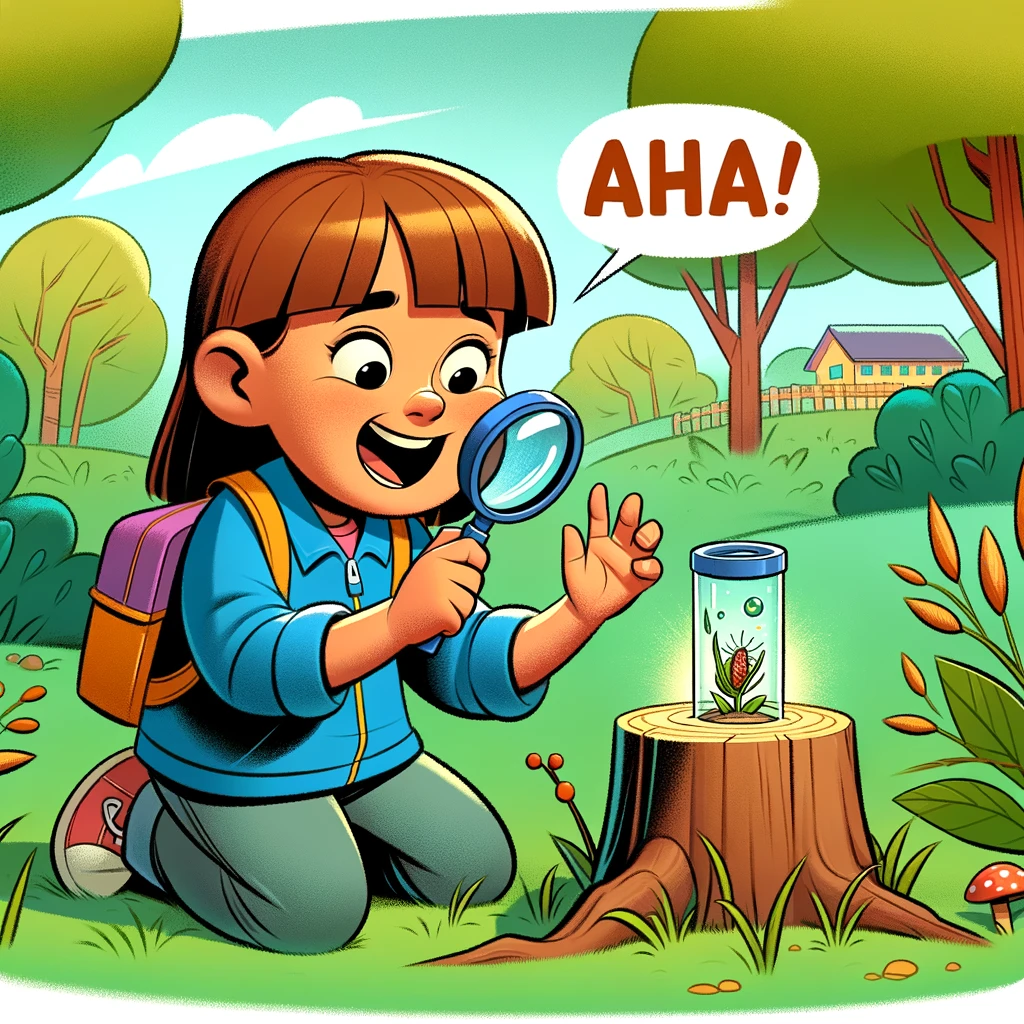
As learners discover new phenomena, organisms and ecosystems in their outdoor surroundings, they start valuing nature’s beauty, strength and delicacy.

Jump Starting an Outdoor Science Lab
Electrify learners with a deep dive into the microscopic world! Use a simple microscope or handheld magnifying glass to introduce the intriguing unseen world of tiny things. Examine various types of soil, leaves, flowers, insects and droplets of rainwater. Create a checklist of items for students to find and identify; then, incorporate drawing and narration skills by having them diagram their discoveries in a sketchbook and verbally describe their observations to each other.

If there is a pond, stream or even a puddle nearby, encourage learners to explore aquatic life under a microscope. Collect water samples and peer at the algae, protozoa and tiny invertebrates invisibly living in the water.

Gather leaves from trees, plants and the ground. Use botany guides to identify and sketch the leaves. Observe and discuss leaf structures, vein patterns and photosynthesis.
Search for interesting rocks and minerals. Note textures and colors of different samples. Research crystal structures, cave formation and other geology-related topics.
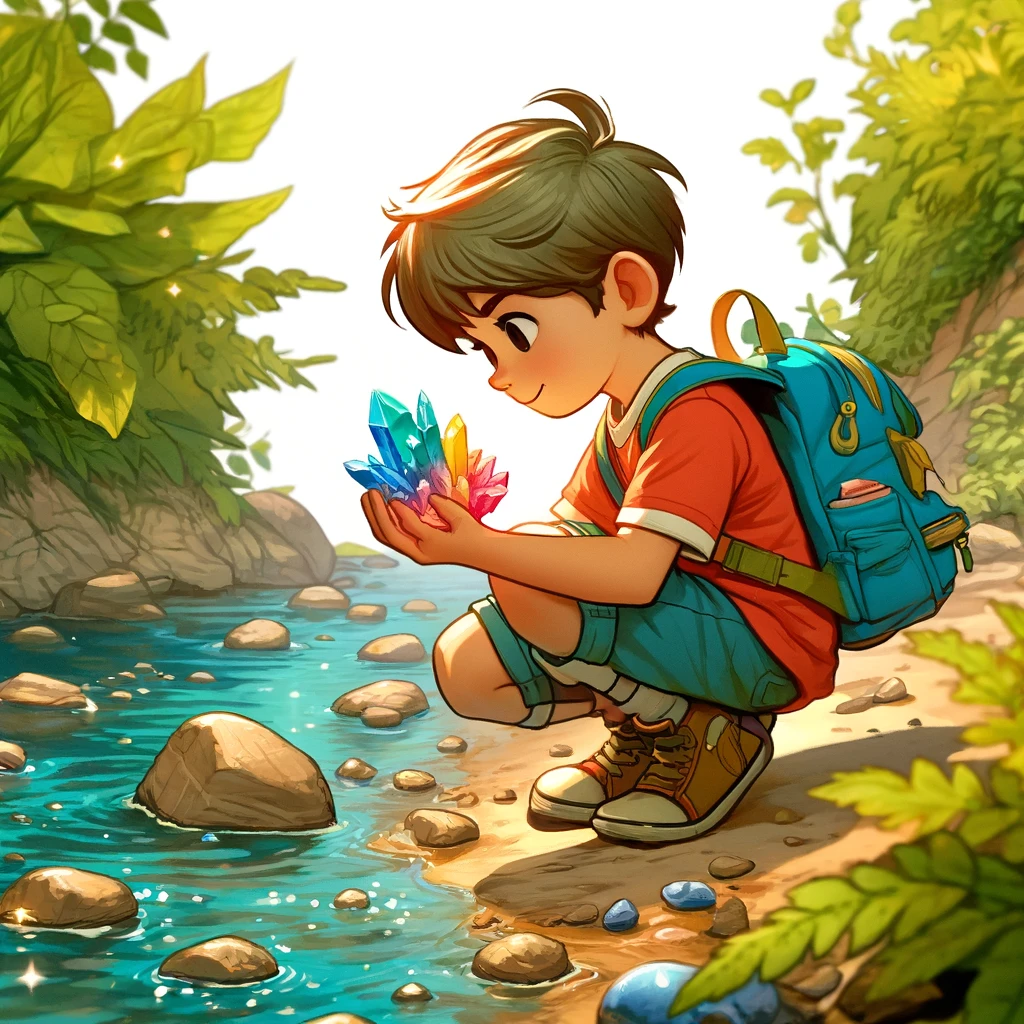
Capture small insects like ants, beetles or flies and study their anatomy. Scrutinize the structure of their legs, wings, eyes and mouthparts. Discuss how these organs are suited to their behavior and environment. Diagram and label these creatures’ “parts and pieces” in science sketchbooks.
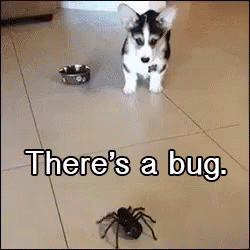
Watch bees and butterflies gather pollen from flowers. Collect flower samples and examine pollen grains up close. If there is a community farm or beekeeper in the area, arrange a field trip to learn about pollinators and plant reproduction.

Introduce basic meteorology by observing, photographing and identifying various weather phenomena and cloud formations. Research setting up a simple weather station and design individual or group projects to track local weather data.

Connect Language Arts and Outdoor Science with journaling. Reinforce new knowledge and encourage scientific inquiry skills through regular journaling and sketching.
Connect Art and Outdoor Science by setting up “Imagination Creation Stations” of natural materials and craft supplies. Students can use flower petals, leaves, pollen grains, pebbles and any other natural items that catch their eye to create unique, three-dimensional artwork.

Scientific exploration in the great outdoors fosters learners’ inquisitiveness, critical thinking and connection to the world around us. Whether formally planned or improvised on the spot, science lessons in nature reinforce principles that can be challenging to recreate indoors.
Most importantly, Outdoor Science illuminates the grandeur of our universe and inspires lifelong learning.
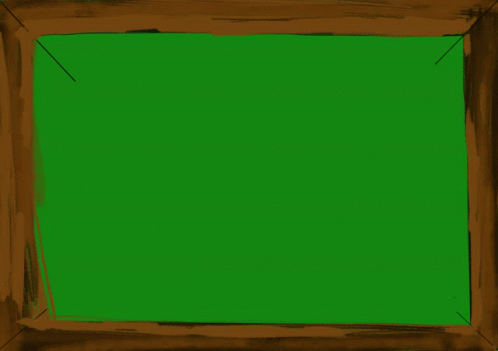

Create a Community-Led Classroom
Step into the world of microschooling with a community-first approach. Learn how to navigate, harness, and start building your heart-led community, setting the foundation for a successful microschool journey.


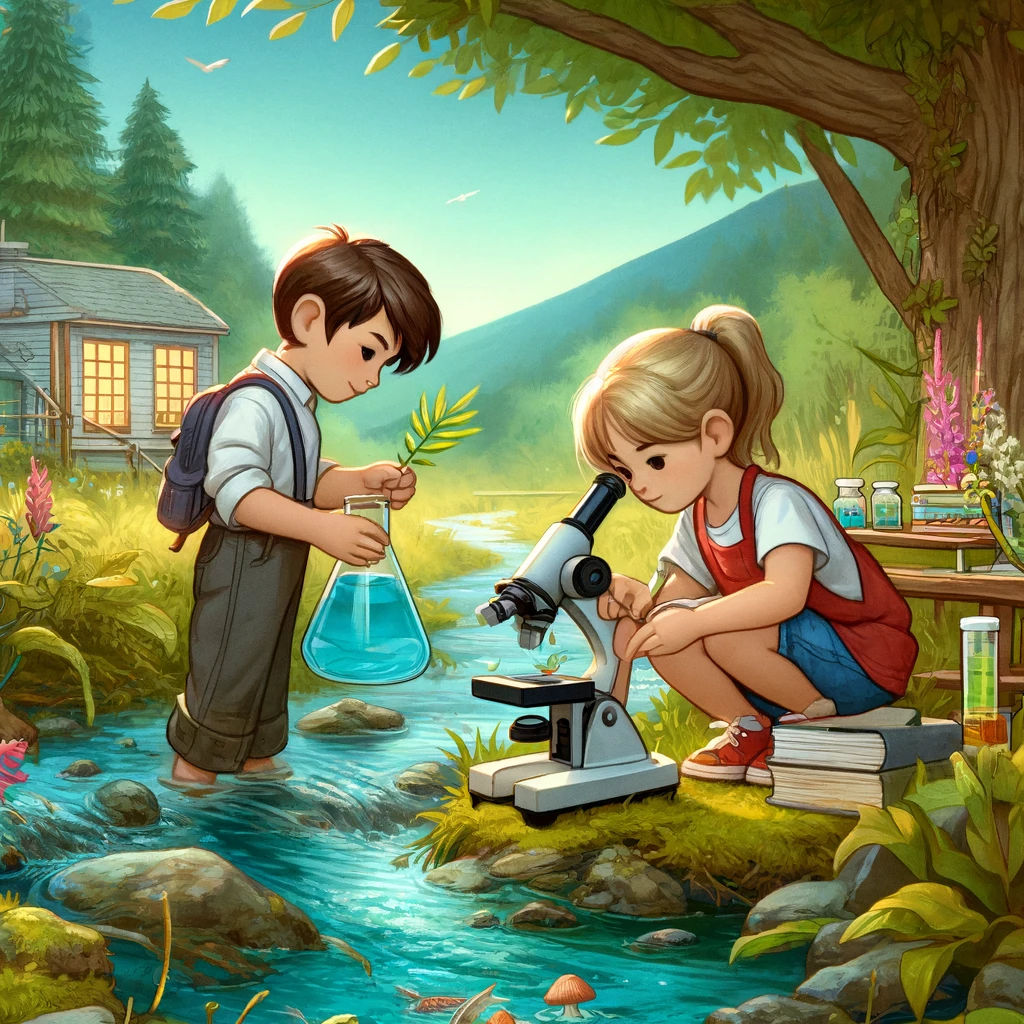








Member discussion